In today’s technology-driven world, effective governance depends on digital innovation to deliver better services and outcomes. One area where this transformation is making a significant impact is in scholarship management. Unified scholarship platforms are emerging as essential tools for governments and organizations to enhance efficiency, transparency, and inclusivity in education funding.
This blog explores unified scholarship platforms' transformative role, key benefits, and real-world applications. Modern scholarship management platforms have become essential tools for transforming how organizations operate their programs. These platforms simplify labor-intensive processes, turning them into streamlined, efficient operations with minimal manual intervention. Organizations can handle applications seamlessly by adopting the right system, ensuring secure online submission, document uploads, and automated communication with applicants. Features like built-in evaluation tools dramatically reduce the time needed to organize and distribute applications to reviewers. Mobile-friendly interfaces are no longer optional, as they accommodate the growing preference for smartphones and tablets among applicants and reviewers alike. Integration capabilities are equally vital, enabling platforms to work harmoniously with existing systems, eliminating data silos, and ensuring a smooth workflow. Additionally, robust data security and management features are critical. These ensure sensitive applicant information is protected and easily accessible to authorized users, fostering trust and compliance with privacy standards. Adopting a comprehensive scholarship management platform is no longer a luxury but a necessity for organizations aiming to enhance efficiency, accessibility, and security in their programs.
.jpg)
Challenges in Traditional Scholarship Management
Traditional scholarship management systems are fraught with inefficiencies and obstacles, such as:
- Fragmented Systems: Multiple disconnected platforms make coordination cumbersome.
- Manual Processes: Paper-based workflows slow down operations and increase errors.
- Lack of Transparency: Limited visibility into application and disbursement processes creates mistrust.
- Accessibility Barriers: Complex procedures and inadequate outreach leave many eligible candidates underserved.
These challenges limit the ability of scholarship programs to bridge educational gaps and promote equity.
Unified Scholarship Platforms: A Transformative Solution
Unified scholarship platforms centralize and streamline the entire scholarship lifecycle—from application to disbursement—while integrating stakeholders like applicants, institutions, and funding bodies.
Key Features of Unified Platforms:
- Centralized Access: A single portal to manage all scholarships, ensuring ease of use.
- Automation: Streamlined processes, such as verification and fund disbursement, to reduce delays.
- Data Insights: Analytics for monitoring performance and making informed decisions.
- Real-Time Updates: Transparent tracking of applications and funds.
- Multi-Device Accessibility: Mobile-friendly interfaces and multilingual support for greater inclusivity.
Benefits of Unified Scholarship Platforms
1. Enhanced Efficiency
Automation minimizes repetitive tasks, accelerating processing times and reducing administrative burdens.
2. Increased Transparency
Applicants and stakeholders can track application statuses in real time, fostering trust and accountability.
3. Greater Accessibility
Unified platforms ensure information and services are accessible to marginalized groups, thanks to user-friendly interfaces and multilingual options.
4. Optimal Resource Allocation
Data analytics enable more effective fund distribution by identifying gaps and trends.
5. Improved User Experience
Streamlined systems benefit applicants and administrators alike, reducing frustration and improving outcomes.
Key Benefits of Platform Unification
Centralized Data Management
- Eliminates duplication of effort.
- Simplifies tracking of student needs and fund allocation.
- Promotes equitable resource distribution.
Simplified Application Process
- Single, standardized application forms for all scholarships.
- Secure, reusable document storage for convenience.
Transparency and Accountability
- Clear eligibility criteria and real-time application updates.
- Impact reports to highlight fund usage and program results.
Efficient Collaboration Among Stakeholders
- Encourages partnerships between governments, NGOs, and private donors.
- Enables creation of targeted scholarships for specific groups or fields.
Accessibility and Inclusion
- Multilingual support and offline capabilities ensure reach to underserved communities.
Real-World Success Stories
1. National Scholarship Portal (India)
India’s National Scholarship Portal consolidates various government scholarships, ensuring efficient fund distribution and transparency.
2. MyGov Platform (Australia)
The MyGov platform integrates educational benefits and scholarships, offering a seamless experience for Australian citizens.
3. California Dream Act Application (USA)
This initiative allows undocumented students to access state-funded scholarships and grants, promoting inclusivity and equity.
Implementing a Unified Scholarship Platform
- Needs Assessment: Identify key pain points and stakeholder requirements.
- Stakeholder Collaboration: Engage educational institutions, funding bodies, and policymakers.
- Robust Infrastructure: Build scalable, secure platforms to handle large data volumes.
- User-Centric Design: Ensure intuitive interfaces and multi-device compatibility.
- Continuous Improvement: Use analytics to refine the platform and enhance user satisfaction.
The Future of Scholarship Management
Unified scholarship platforms are just the beginning. Emerging technologies like AI and blockchain are set to revolutionize the sector further:
- AI-Driven Insights: Predictive analytics for better fund allocation and personalized recommendations.
- Automated Verification: AI to validate eligibility criteria, minimizing errors and fraud.
- Blockchain Security: Enhancing trust and transparency in fund distribution.
Integrating these platforms with broader educational and employment ecosystems will create seamless pathways for talent development, bridging education and workforce demands.
Conclusion
Unified scholarship platforms represent a pivotal advancement in governance and education equity. By leveraging these systems, governments and organizations can ensure resources are distributed efficiently and fairly, empowering students and fostering societal growth.
As technology evolves, these platforms will become even more sophisticated, driving greater inclusivity and innovation. The future of education lies in embracing such transformative solutions, ensuring no student is left behind.










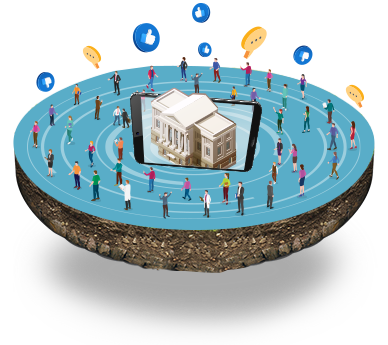








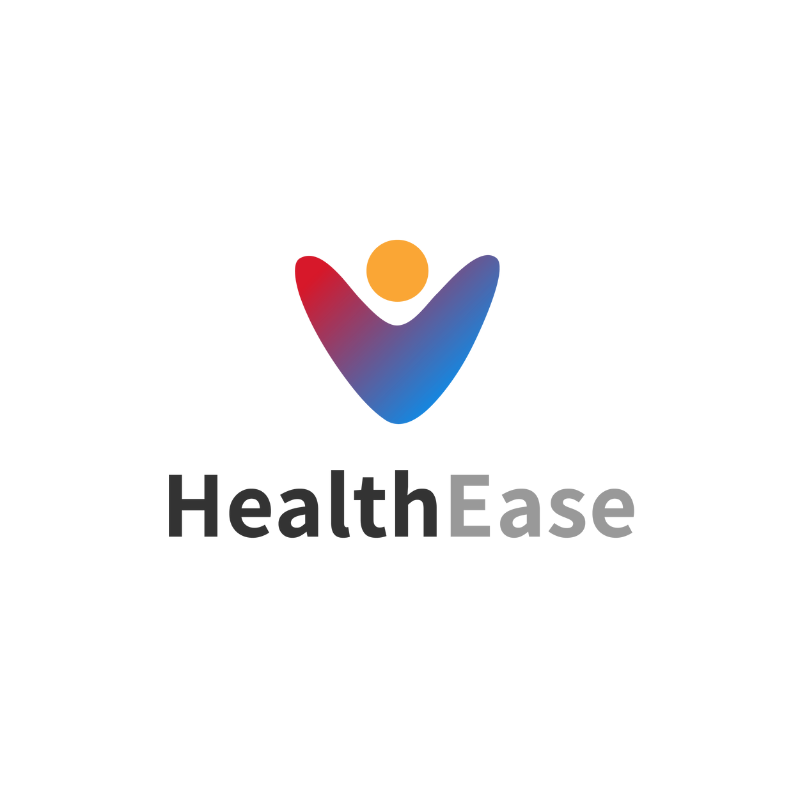

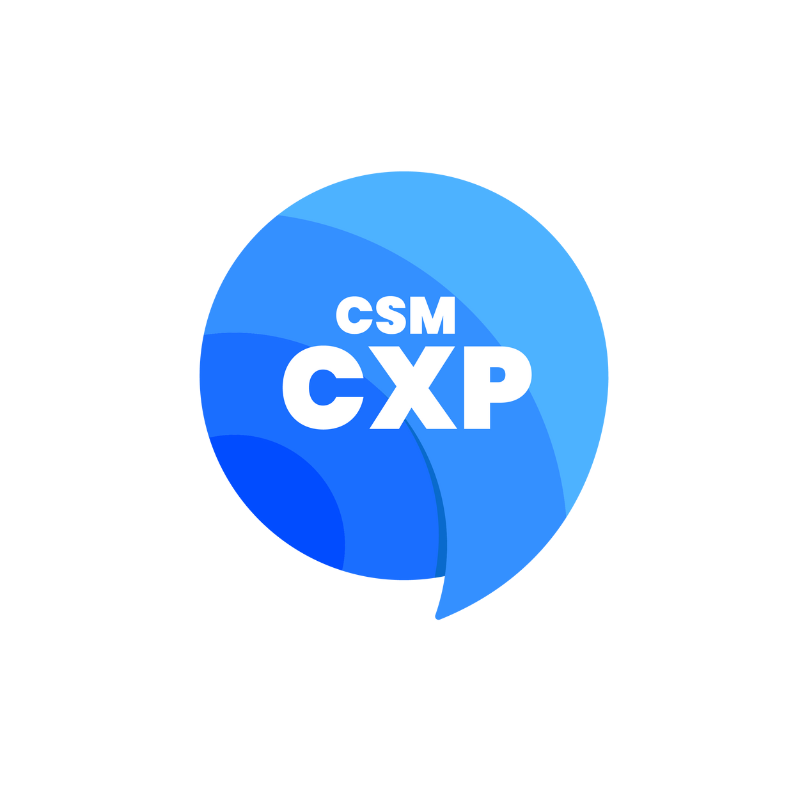
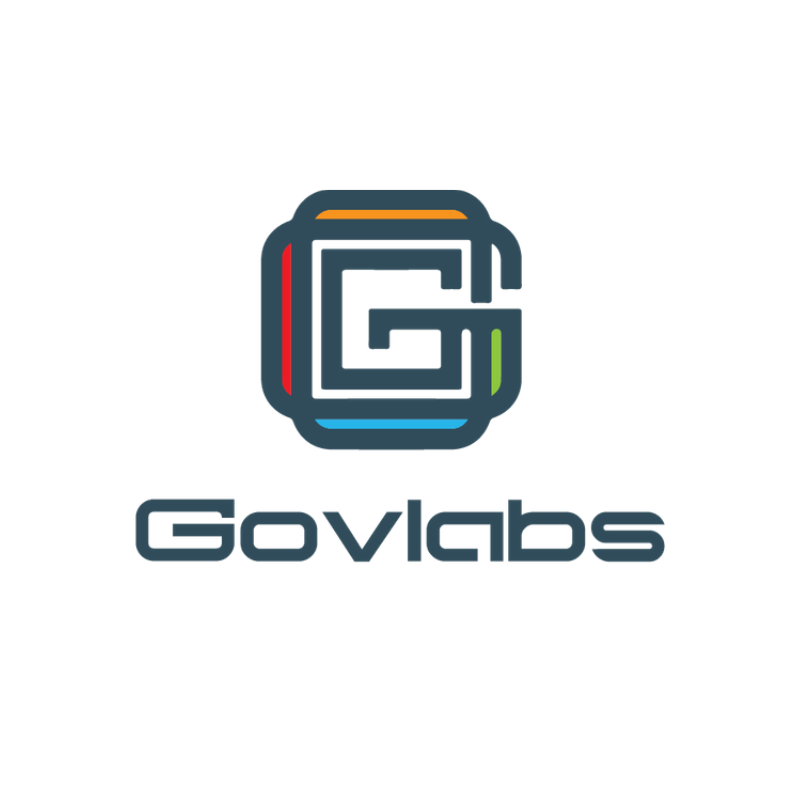
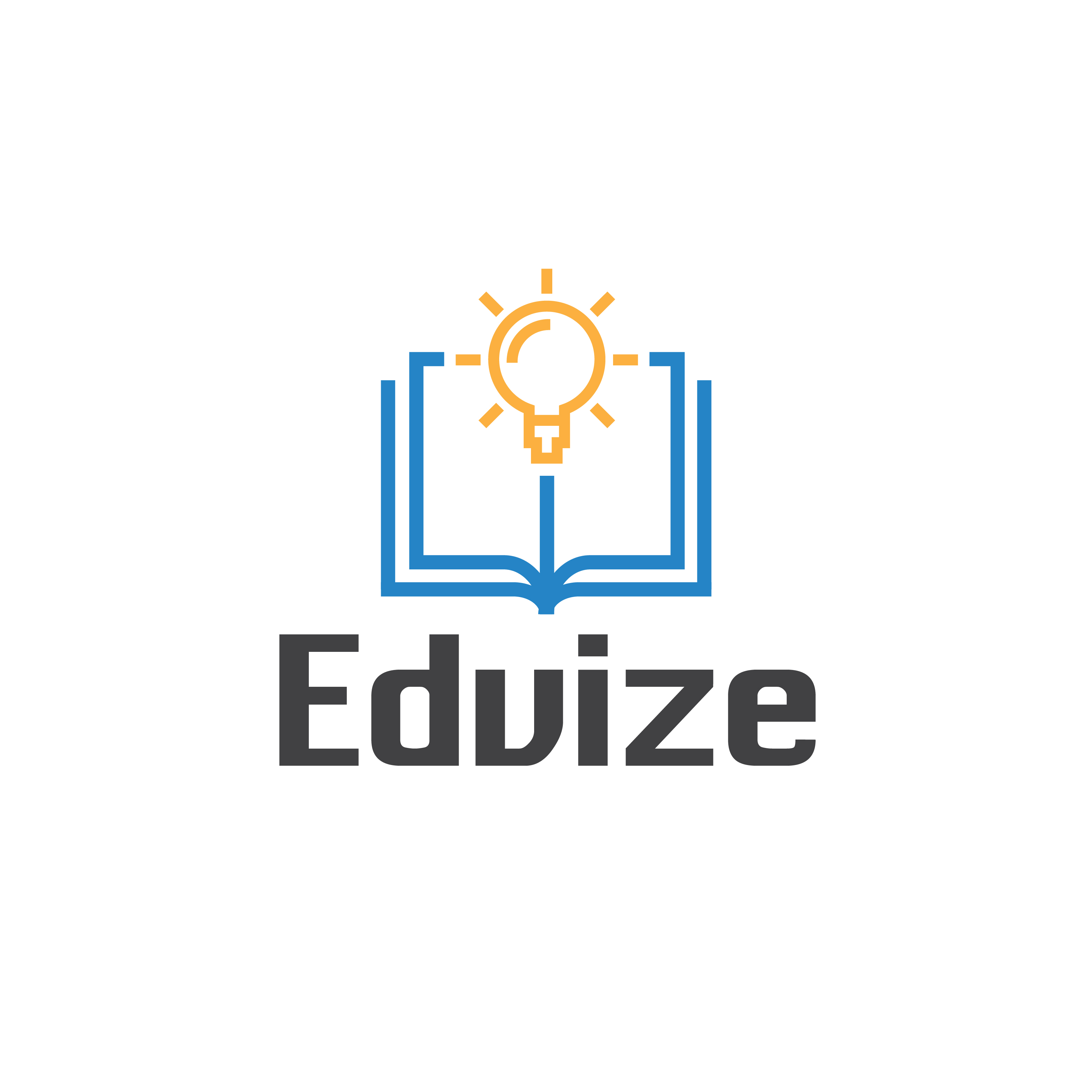
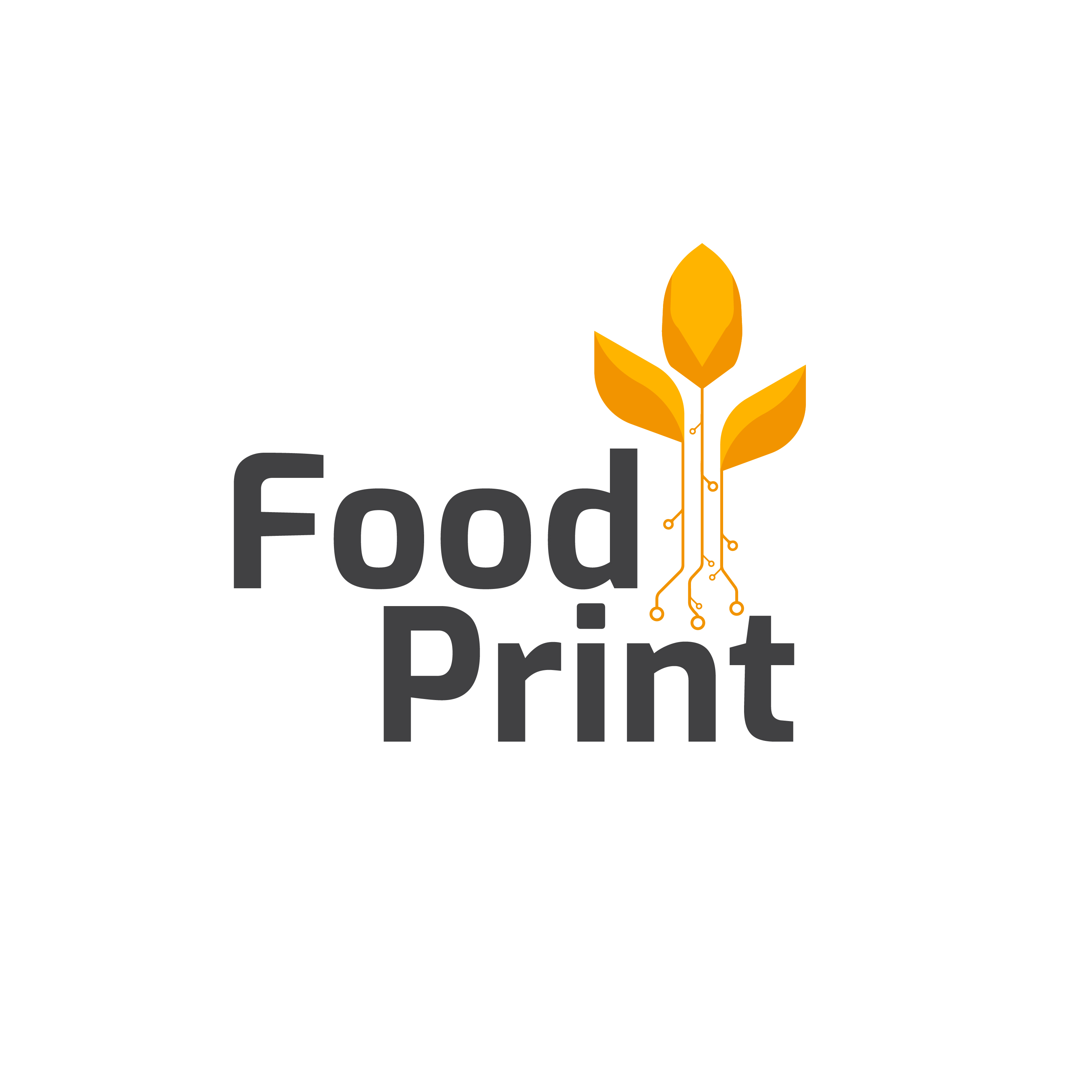
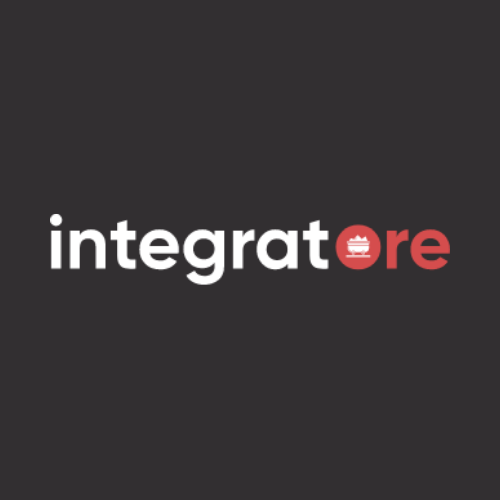
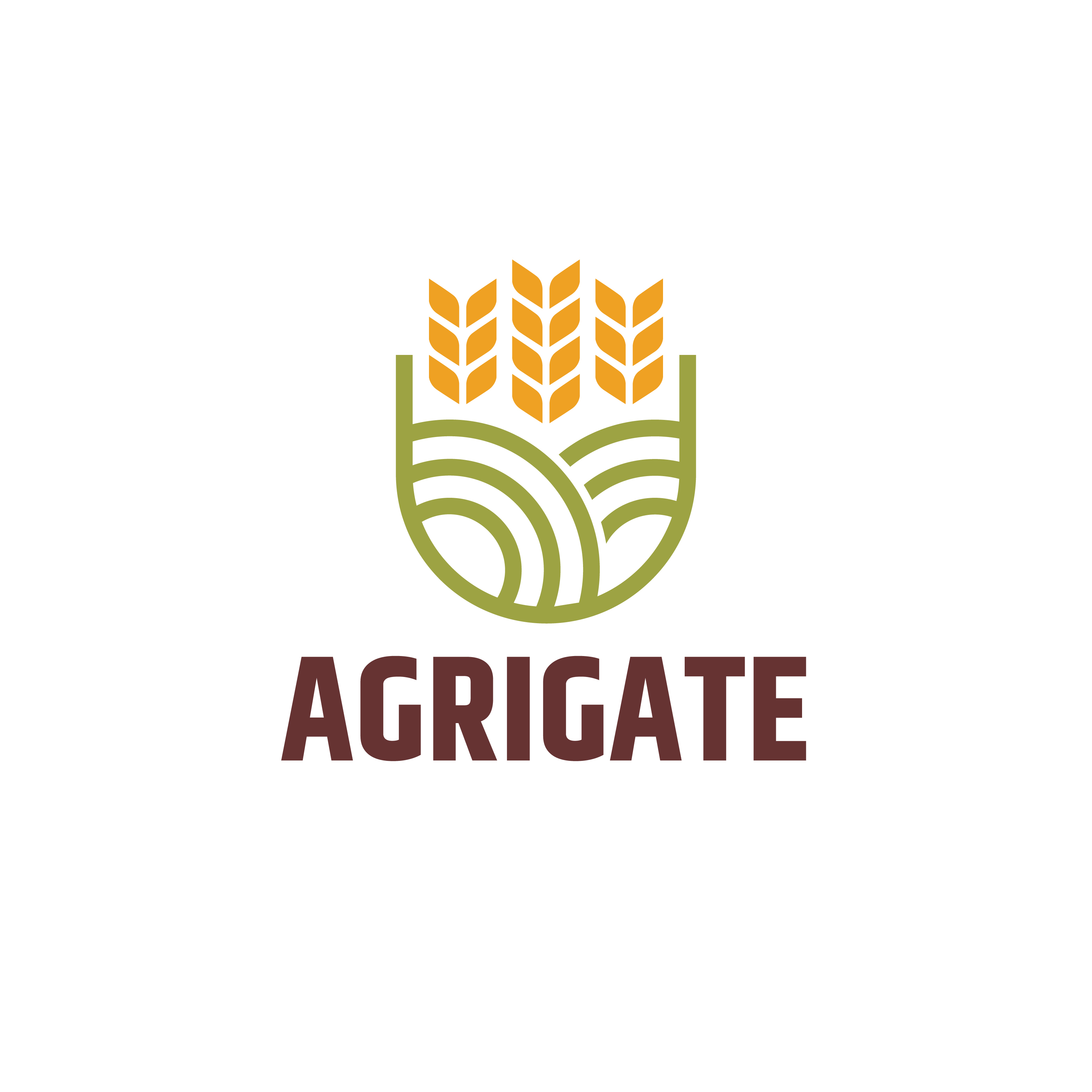

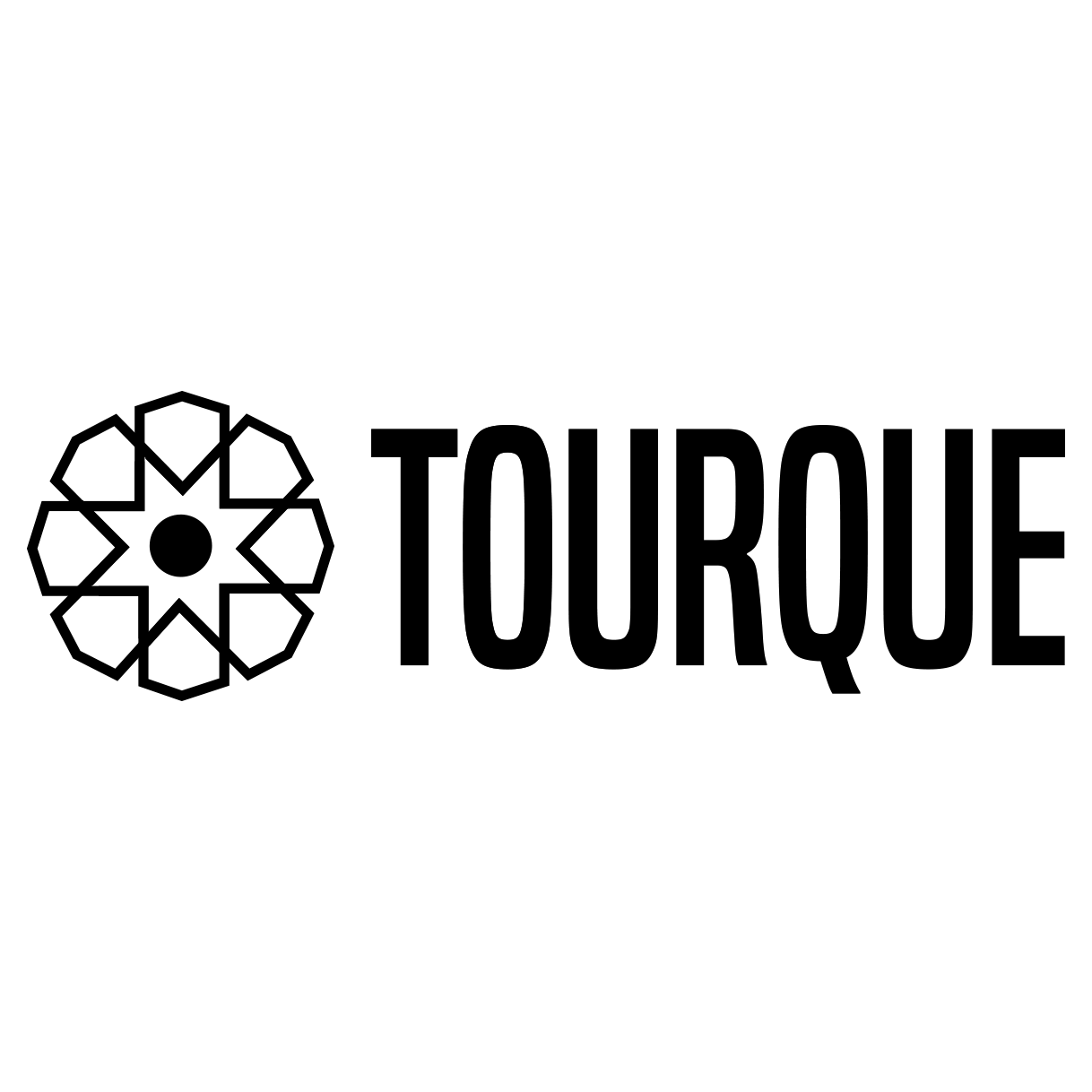
.jpg)
.jpg)










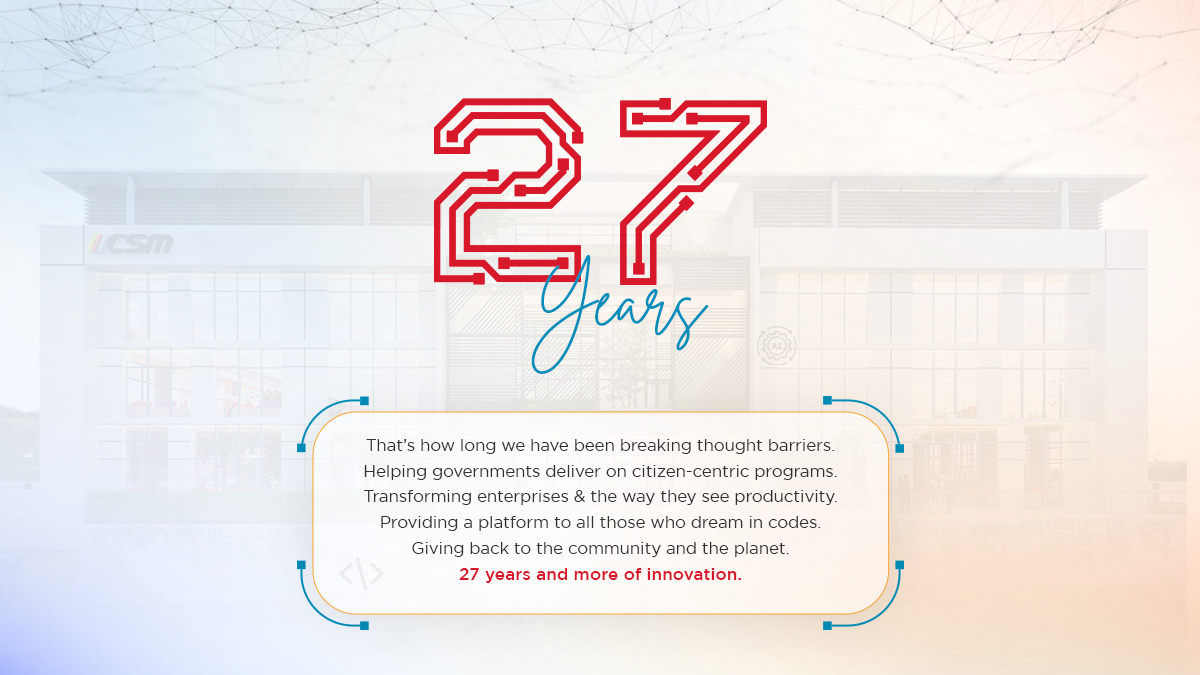















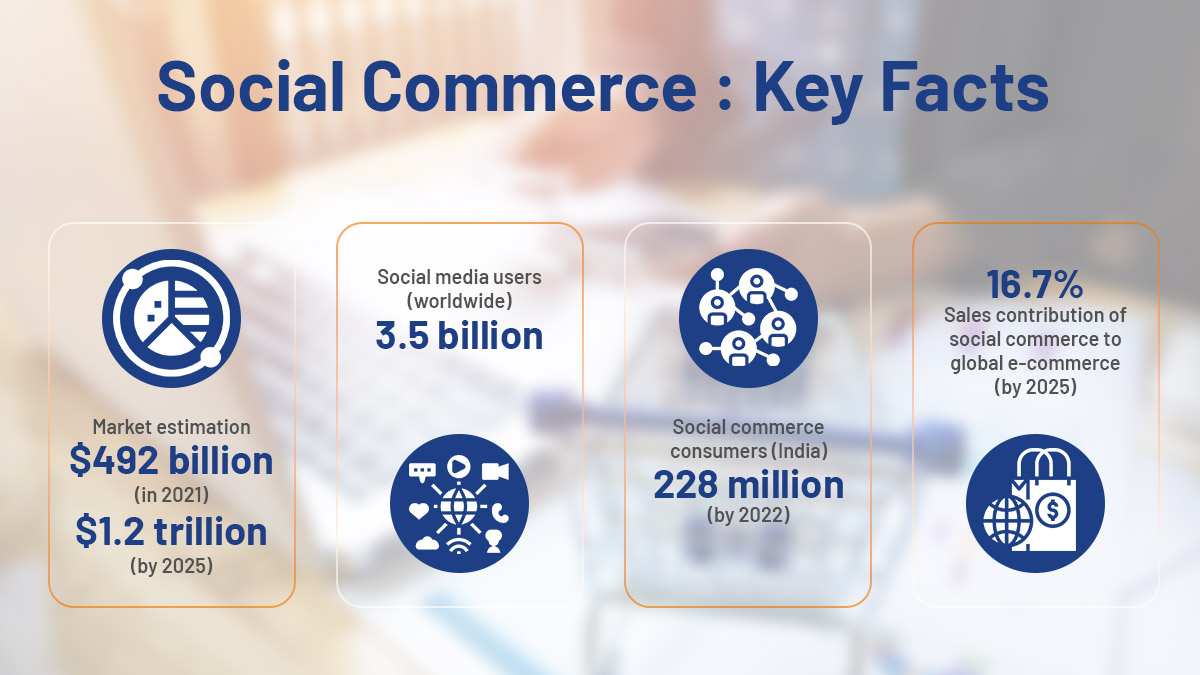


We will verify and publish your comment soon.